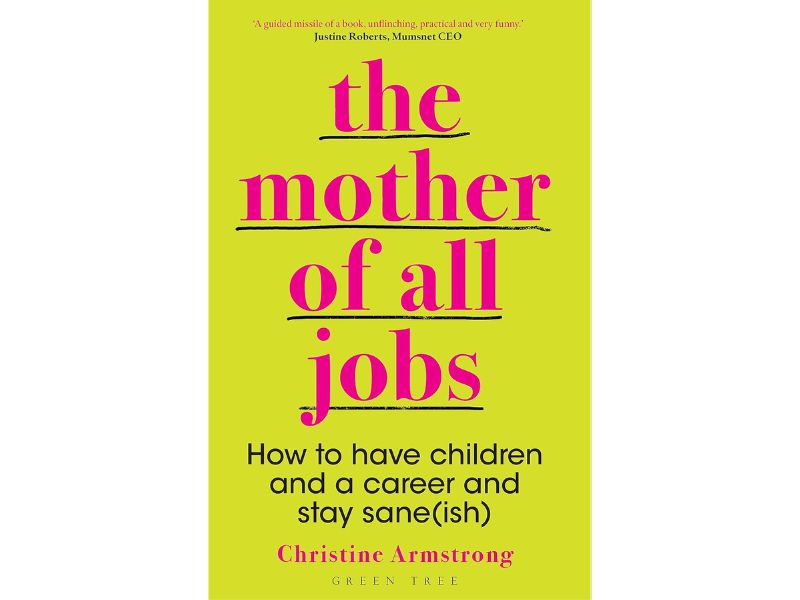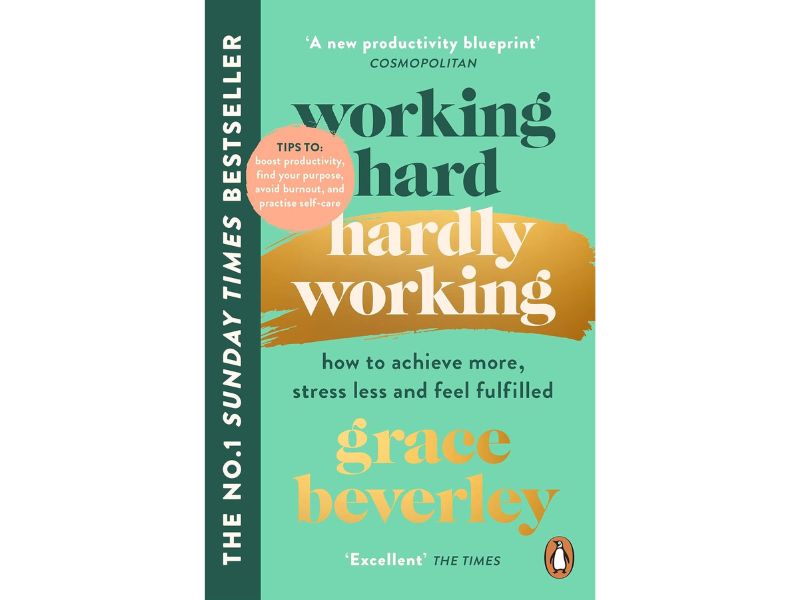Are you using the Eisenhower Matrix? Until recently I had never heard of such a method, but I guess we all use it to some degree without knowing.
A bit of background as to why it is called the Eisenhower Matrix.
It is named after Dwight D. Eisenhower, the 34th President of the United States, who was known for his ability to manage his time effectively. It is also known as the Eisenhower Decision Matrix or the Eisenhower Box.
What is it?
It’s a prioritisation tool used to organise tasks and activities based on urgency and importance.
How does it work?
The matrix categorises tasks into four quadrants based on two key factors: urgency and importance.
Quadrant 1 – Important and urgent tasks
These are tasks that require immediate attention and have significant consequences if not addressed promptly. They are usually associated with deadlines, emergencies or important issues. Examples include handling crises, meeting urgent deadlines or responding to pressing emails or calls.
Quadrant 2 – Important but not urgent tasks
These tasks are essential and contribute to long-term goals and personal growth but do not require immediate attention. They are often proactive, strategic and preventive in nature. Examples include planning, goal setting, relationship building, skill development and creative work. Quadrant 2 tasks are considered important for longer-term success.
Quadrant 3 – Urgent but not important tasks:
These tasks are often distractions that demand immediate attention but do not contribute significantly to your goals or long-term success. They are usually reactive in nature and may include interruptions, unnecessary meetings, or unimportant emails.
Quadrant 4 – Not urgent and not important tasks
Quadrant 4 consists of tasks that are neither urgent nor important. These tasks are typically time-wasting activities, such as excessive social media use, mindless browsing or other unproductive habits. Avoid them if possible or minimise as they do not contribute to your goals or personal development.
The Eisenhower Matrix helps individuals prioritise their tasks by focusing on important activities that align with their goals and reducing time spent on less significant or unnecessary tasks. It encourages a proactive time management and decision-making approach, enabling individuals to allocate their time and resources more effectively.
If you fancy reading more about the Eisenhower Matrix, click here.









